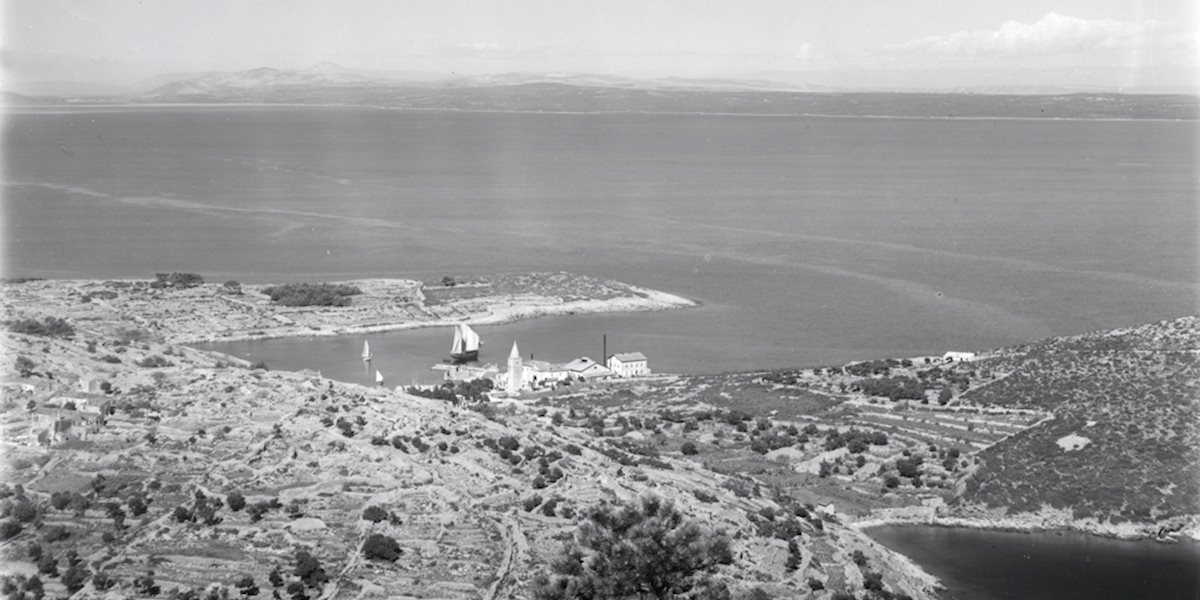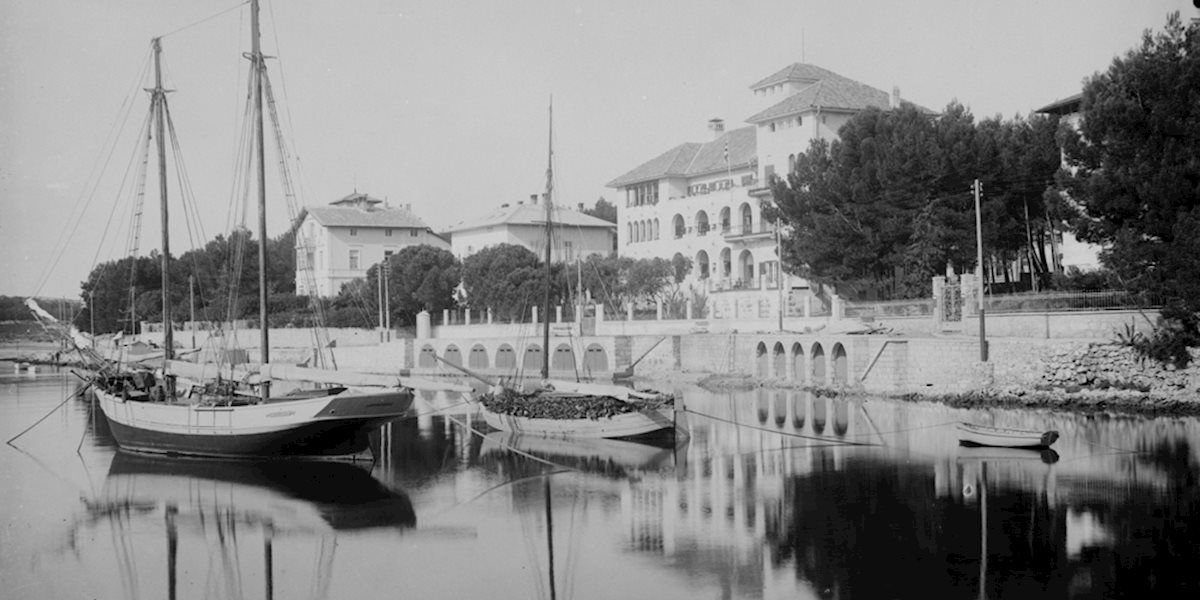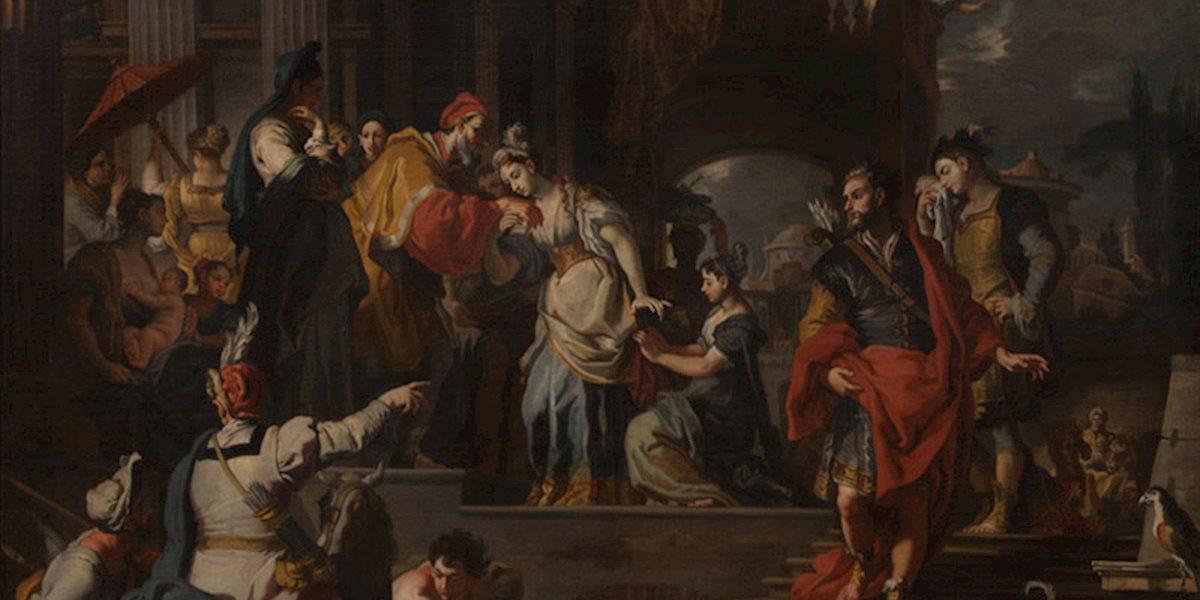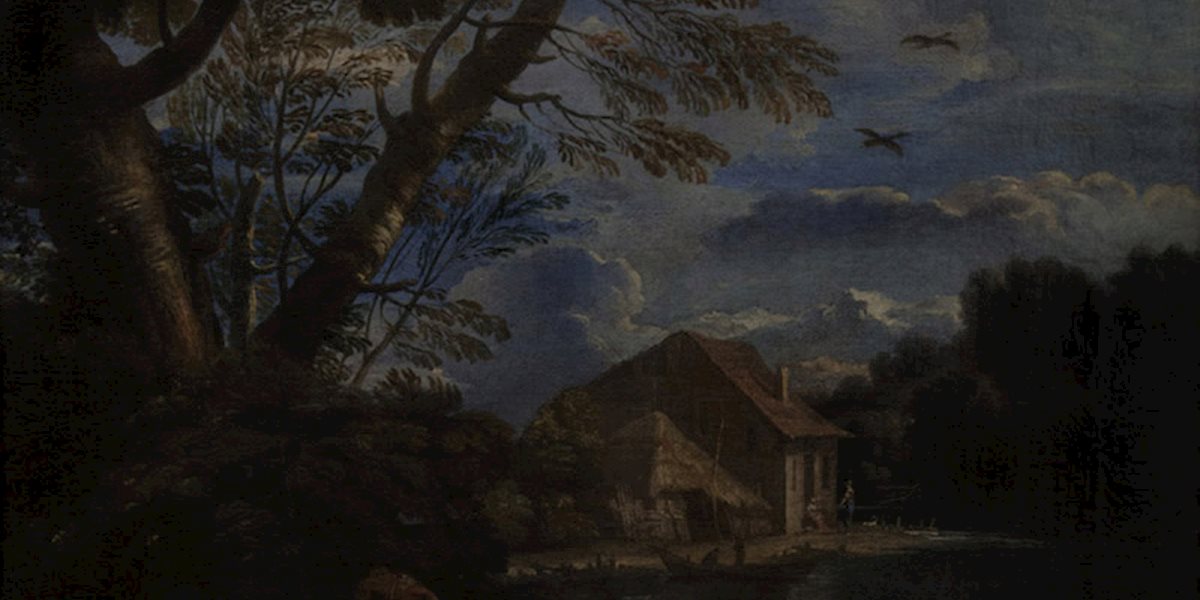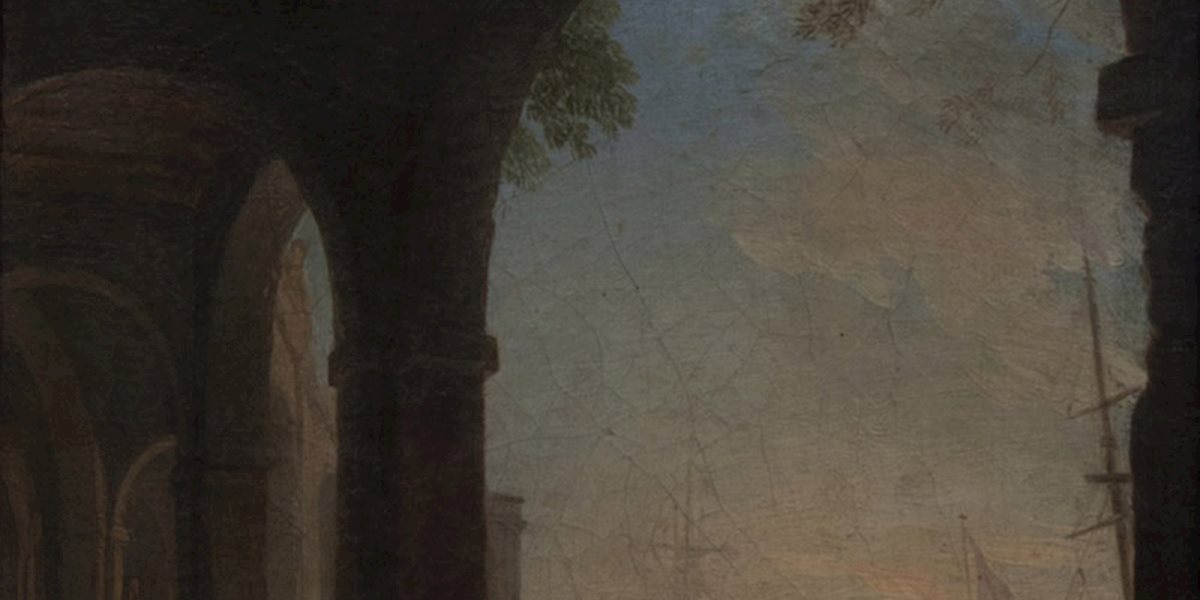The Fritzi Palace
After the Second World War II the palace was nationalized and lost its function as a tourism facility. At first it was used by the Craftsmen Association; from 1961 the palace housed the National University works until 2007 when the building was last restored to become the seat of the Lošinj Museum.
After the Second World War II the palace was nationalized and lost its function as a tourism facility. At first it was used by the Craftsmen Association; from 1961 the palace housed the National University works until 2007 when the building was last restored to become the seat of the Lošinj Museum.
Through its history, the Fritzi Palace was repeatedly restored and modified, but it has retained the essential characteristics of the second half of the 19th century that are most visible in a representative historicist facade. The palace is a 4-storey building with rather high ceilings, which makes it higher than the neighbouring buildings. In the central axis of the building there are stairs leading from the street via the two-storey terrace to the central door whose position and proportions suggest the main entrance. However, the central door leads into the space of the present-day gallery, while the main entrance to the building is located in the extreme south-eastern part of the building. This entrance corresponds to the staircase of the building leading all the way up to the attic. Stairs and landings are made of stone up to the first floor of the building, whilst those on higher floors are made of wood. The ground floor provides access from the main hall to the gallery which hosts temporary exhibitions. Interestingly, this room features a wellhead through which water was drawn up from the cistern below (out of use today!), as also the original fresco painting that is still recognizable on the ceiling. The lobby on the first floor provides access to a great hall which accommodates the Piperata Collection of Old Masters. This spacious hall is in its upper part surrounded by the wooden gallery whose parapet is adorned with symbols of different crafts made with stucco technique, thus bearing witness to the time of construction and its builders. The gallery space on the second floor is reached by the main staircase, featuring the Photograph Collection of Dante Lussin.
A newly renovated room on the third floor is designed to accommodate the Collection of Andro Vid Mihičić. Three niches in the wall opposite the door have been the visible reminders of the previous stages of construction. The main staircase leads from the third floor to the attic refurbished into office space for employees.
Buy ticket by us in agency VAL - val@val-losinj.hr ; 00385 51 236 604

